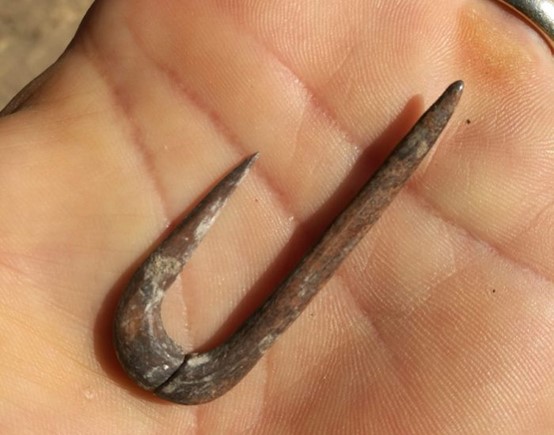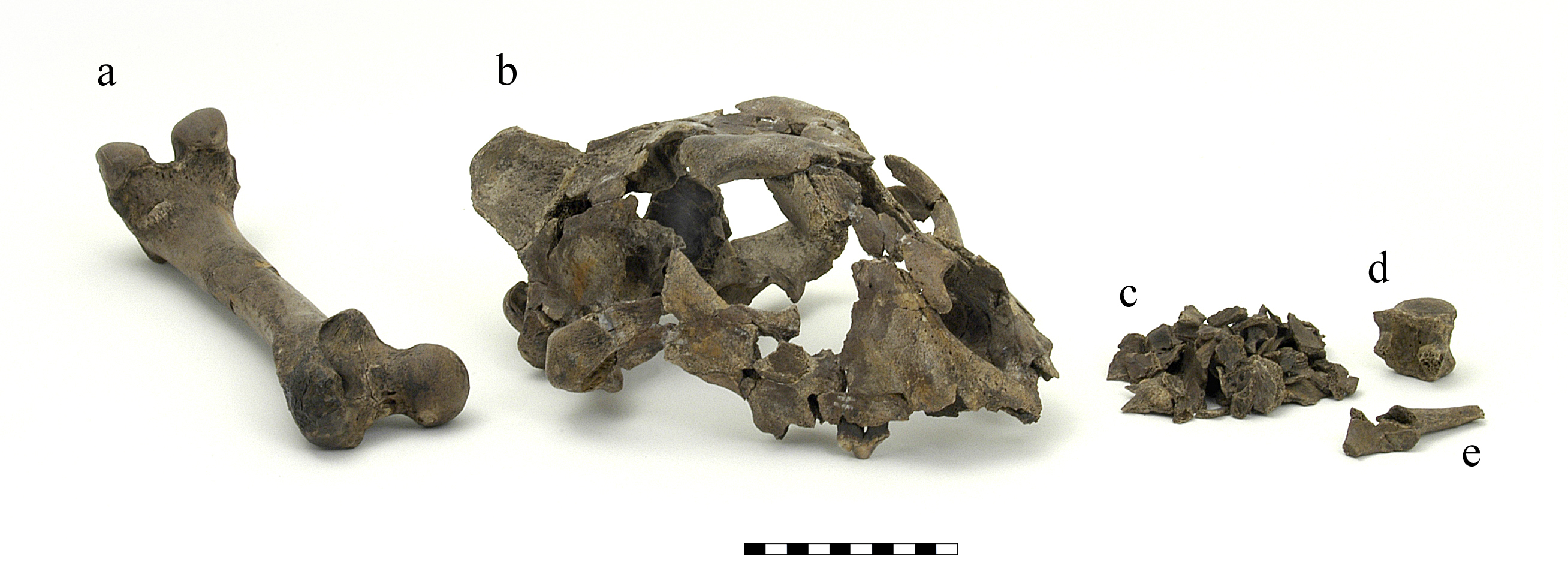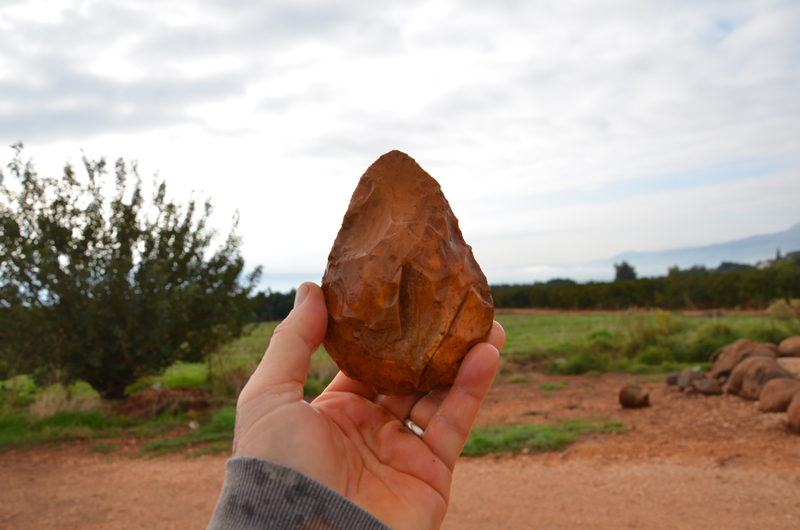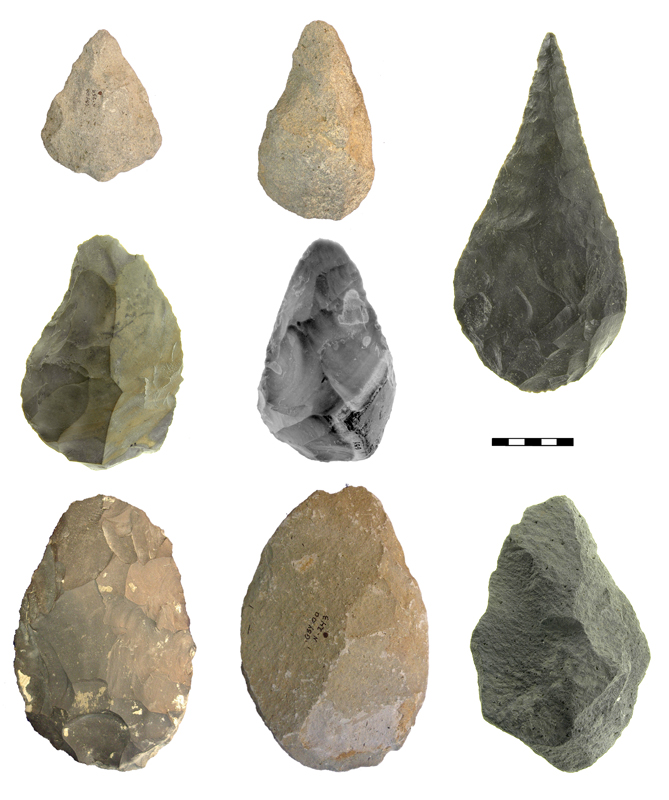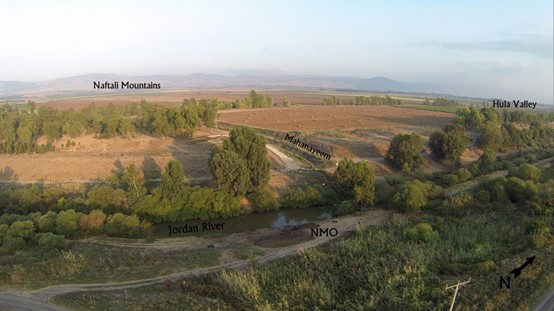Sharon, G., Grosman, L., Allué, E., Barash, A., Bar-Yosef Mayer, D. E., Biton, R., Bunin, E., Langgut, D., Melamed, Y., Mischke, S., Valletta, F. and Munro, N. 2020. Jordan River Dureijat: 10,000 years of intermittent Epipaleolithic activity on the shore of Paleolake Hula. PaleoAnthropolgy, 2020:34–64.
Sharon, G. and Berger, U. 2020. Rock art in south Levantine dolmens. Asian Archaeology, 1–13. https://doi.org/10.1007/s41826-020-00033-3
Langgut, D., Cheddadi, R. and Sharon, G. 2021. Climate and environmental reconstruction of the Epipaleolithic Mediterranean Levant (22-12 ka). Quaternary Science Review, 270, 107170. https://doi.org/10.1016/J.QUASCIREV.2021.107170 Q1.IF4.571
Pedergnana, A., Cristiani, E., Munro, N., Valletta, F. and Sharon, G. 2021. Early line and hook fishing at the Epipaleolithic site of Jordan River Dureijat (Northern Israel). PLoS ONE, 16(10), e0257710. https://doi.org/https://doi.org/10.1371/journal. pone.0257710 Q1. IF 3.24
Sharon, G., Muller, A. and Gubenko, N. 2022. Ma’ayan Barukh - in search of an Acheulian site. Mitekufat Haeven: Journal of the Israel Prehistoric Society, 52:6-31.
Shavit, A. and Sharon, G. 2023. ETI can clarify debates over the Neolithic revolution. Philosophical Transactions B of the Royal Society. Q1.
Martin-Viveros J. I., Oron M, Ollé A, Chacón M. G. and Sharon G. 2023. Butchering knives and hafting at the Late Middle Paleolithic open-air site of Nahal Mahanayeem Outlet (NMO), Israel. Scientific Reports, 13(1):112. https://doi.org/10.1038/s41598-022-27321-5
Yaroshevich, A., Oron, M., & Sharon, G. (2023). Big-game hunting during the late Middle Paleolithic in the Levant: Insights into technology and behavior from Nahal Mahanayeem Outlet, Upper Jordan River, israel. Journal of Archaeological Science: Reports, 47, 103777. https://doi.org/10.1016/J.JASREP.2022.103777
